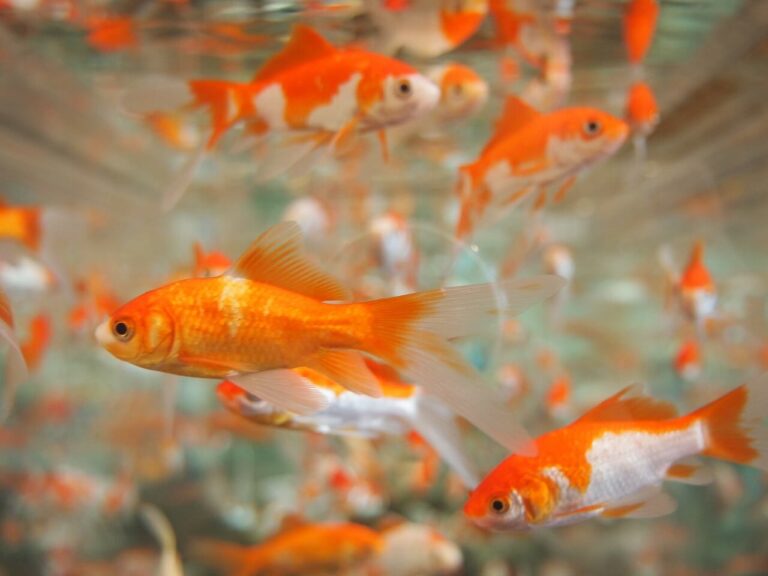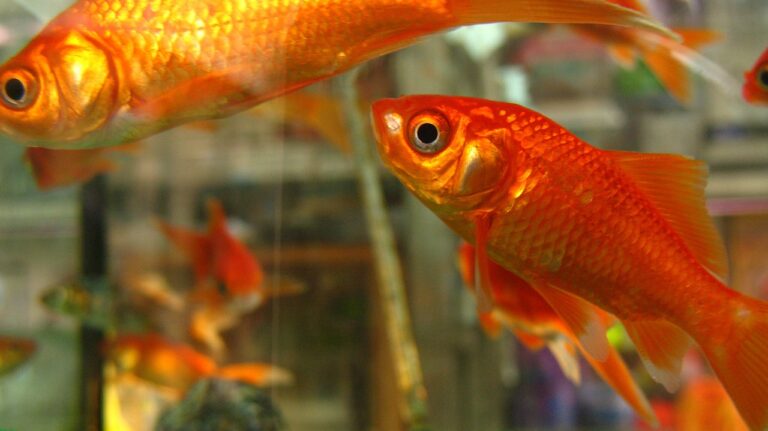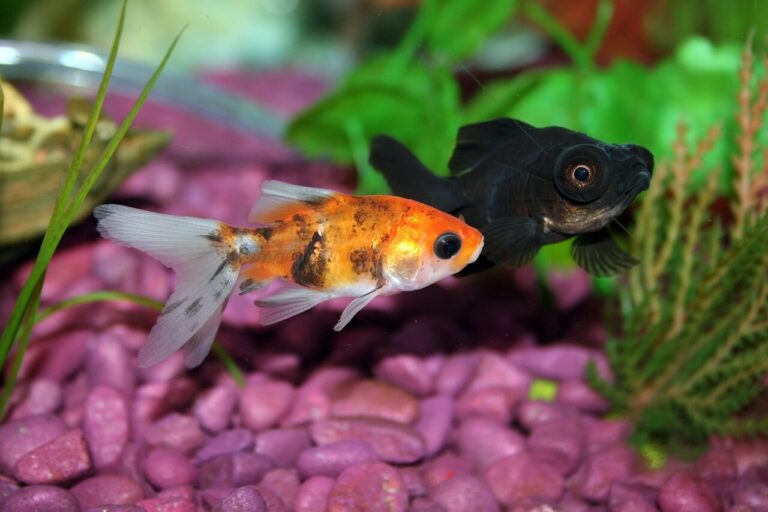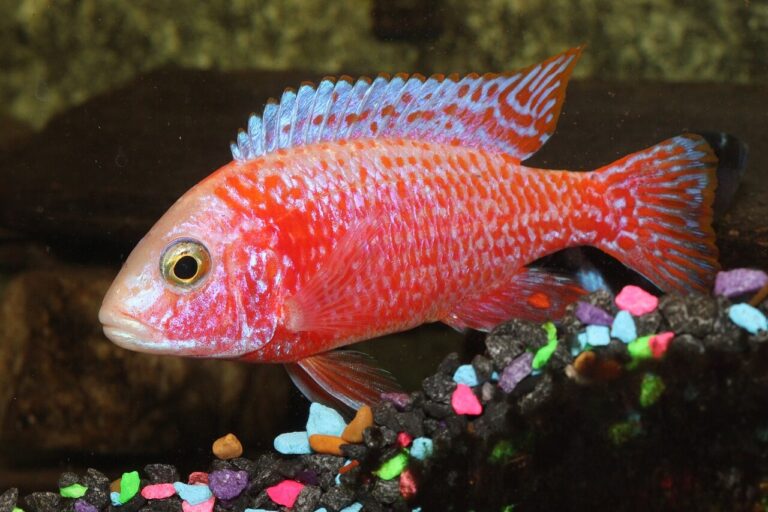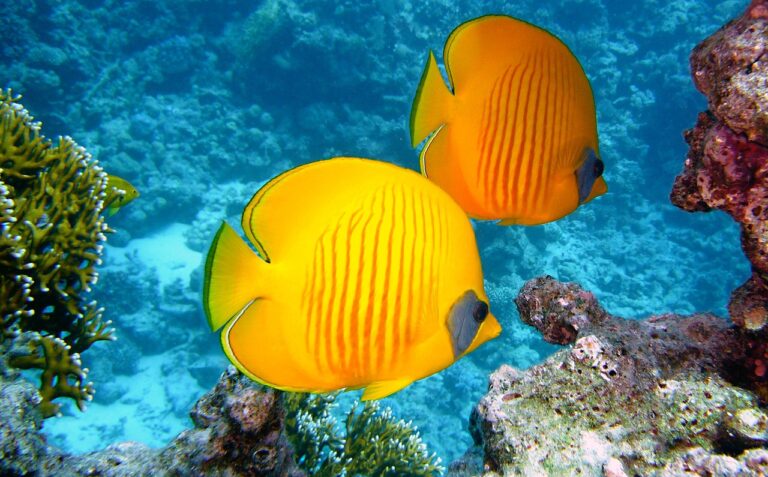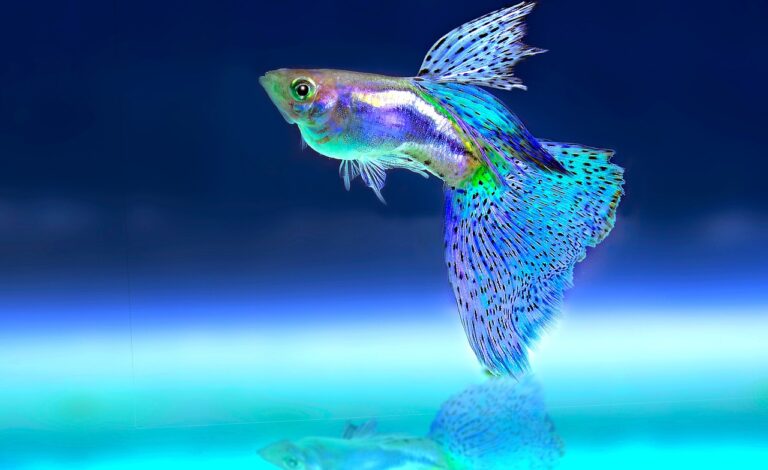How to cycle a fish tank in 24 hours in 6 easy steps
While cycling your tank in 24 may be unrealistic it can be done with the proper materials and equipment. In this guide on how to cycle a fish tank in 24 hours I will show you some tips and tricks to get your aquarium up and running quickly.
Why you should cycle your fish tank.
Cycling a fish tank is one of the most important things you can do when setting up tank. Without cycling your tank you risk harming the health of your fish and the water quality in your tank will not be very clear.
Is it realistically possible to cycle your tank in 24 hours?
Yes you can create a small cycle in your tank within 24 but it will not be a complete cycle. A complete cycle can take anywhere from four to six weeks. guide on how to cycle your rank traditionally. or see this article on how to instantly cycle a fish tank
What is fish tank cycling?
Cycling a fish tank refers to the process of establishing a beneficial bacterial colony in a new aquarium. This colony will help to break down fish waste and uneaten food into less harmful compounds, such as nitrite and nitrate. The process of establishing this colony is called the Nitrogen cycle. It’s a natural process that happens in any aquatic environment, whether it’s a natural pond or a man-made tank. The Nitrogen cycle is composed of three stages:
- Nitrification: In this stage, beneficial bacteria that are naturally present in the water begin to convert the fish waste and uneaten food, into ammonia (NH3)
- Nitrite Oxidation: The second stage of the Nitrogen cycle, in this stage, another type of beneficial bacteria converts the ammonia into nitrite (NO2)
- Nitrate Reduction: In the final stage, another type of beneficial bacteria converts the nitrite into nitrate (NO3)
Once the Nitrogen cycle is established, the beneficial bacteria will continue to thrive in the tank and will consume the waste produced by fish and other organisms in the tank, maintaining a safe water chemistry. It is important to note that it takes time for the colony to establish and stabilize, this process usually takes 4-6 weeks.
How to cycle your fish tank in 24 hours.
Step 1: Set up your fish tank
See this complete guide on how to set up you fish tank but the quick steps are as follows
- choose the right tank: Select a tank that is appropriate for the number of fish you want to keep
- Choose a location for the tank: Place the tank in a location that is out of direct sunlight and not near a heating and cooling source.
- Add the substrate: Choose a substrate that is suitable for the species of fish you would like to keep that most closely matches their natural habitat.
- Install equipment: Install the necessary equipment such as a filter, heater, light, and aeration source.
- decorate the tank: Install the decorations that you want in your tank like caves, rocks, and plants for the fish to live in. These decorations will provide hiding places for your fish.
- Add dechlorinated water to your tank
After your tank is completely set up you can begin the process of cycling it in 24 hours.
Step 2: Find a pre-seeded substrate or filter material to install in your new tank
Using a filter material or substrate from and established tank is the easiest way partially cycle your rank within 24 hours. By adding some from an existing, healthy tank you will give your tank quick jump which will allow it to cycle within 24 hours.
Step 3: Add bacteria from the pet store in liquid or powder form
Adding bacteria from a bottle is going to be the quickest way to get beneficial bacteria into your tank. There are many different companies from like API quick start or ocean organics that will have bottled bacteria. Just make sure that the bottle is not too old and has been stored correctly.
Step 4: Wait 24 hours to test your water
Using a test kit after 24 hours go ahead and test your water. You want to see where the nitrite level is and the ammonia level. If you do not have fish in the tank yet your levels should be near zero and will only go up after adding fish.
Step 5: Add some fish:
When adding fish for the first time it is important to make sure that you do not add too many at once. This will be a good way to crash your tank and you could have some serious health issues with your fish and water quality.
You should look for some fish that are known to be hardy like barbs or catfish. See this guide on choosing fish for your aquarium and try not too add too many right away. I would recommend one small fish per 10 gallons of water so if you have a 55 gallon tank you should only add five fish maximum.
Step 6: Monitor the water quality
It is important to monitor the water quality very closely during this time. You should use a quality test kit and make sure that your water stays within the parameters of healthy water.
You should test your water every couple of days for the first couple of weeks and weekly after that or whenever you notice your fish acting sluggish or hanging around in one spot.
Tip 1: Do not overfeed your fish.
One of the biggest issues with water quality in new aquariums comes from over feeding fish and the uneaten food settling on the bottom of the tank of being sucked into the filter.
This uneaten food will quickly cause a spike in ammonia and will throw the whole balance of your water quality off.
Tip 2: Frequent water changes
By changing out some water frequently with fresh unchlorinated water you will give your fish the best chance of survival right away. It is suggested that you change out at least 25% percent of your water weekly but starting out I recommend that you try to change out 5-10% every couple of days. Adding new water will not increase the nitrite level and will help dilute the ammonia levels if they get too high.
Tip 3: use a sponge filter right away
Sponge filters in my opinion are one of the best ways to quickly getting good bacteria colony going. A sponge is a natural living place for bacterial and you will see a good improvement after using one for a little while.
Different methods to cycling a fish tank
There are two primary methods to cycling a fish tank
Fish-less cycle
The fishless cycle will be the best one long term and be the healthiest way to start your tank. This involves setting up your tank and adding some ammonia causing organic material to your tank and letting the good bacteria start to work on it. This organic material can be things like fish food, raw shrimp, or even store bought ammonia in a bottle.
This method is going to take the longest with it lasting anywhere from 4 to 6 weeks. Now I realize that this can seem like a long time to just have an aquarium set up with no fish in it, but in the long run you will have fewer maintenance issues and healthier fish.
Fish-in cycle
The fish-in cycle is setting up a tank and adding fish right away. This can be really stressful for you new fish because the water quality is not going to be there and you are going to see large fluctuations in ammonia and nitrites
The best way to do the fish-in cycle is too get 1-2 hardy fish and put them in the aquarium. Add a bottle off good bacteria from the store and try to find some seeded good media from an established tank. If you do not have access to media from an established tank you will need to use bottled bacteria and hope for the best.
If all this sounds like too much work you can see this article here on how to skip cycling your tank
Can a tank cycle in one day?
If you can find substrate or media from an established healthy tank it is possible to cycle your tank in one day. The media and substrate from the host tank will have good bacterial already in it, and this will give your tank the best chance of cycling quickly.
What are some signs of a cycled tank?
Some signs of a cycled tank are clear water and fish that are swimming throughout the tank. While testing you water with a test kit is the best way to know if your tank is cycled, you can use visual cues to also monitor the health of your water.
Cloudy water is generally a sign of water quality issue and high nitrites or ammonia. The best way to fix this a water change and to limit the feeding until the good bacteria can catch back up.
If your fish are not swimming freely throughout the aquarium this can also be sign of high ammonia in the tank. Fish need oxygen to breathe and when there is not enough oxygen in the water because of the high ammonia levels fish will not swim around as much as they should.
Conclusion:
While it is not recommended to try and cycle your tank in 24 hours it is possible in an emergency situation. If you follow the steps above and monitor the health of your fish closely you can cycle your tank quickly.

